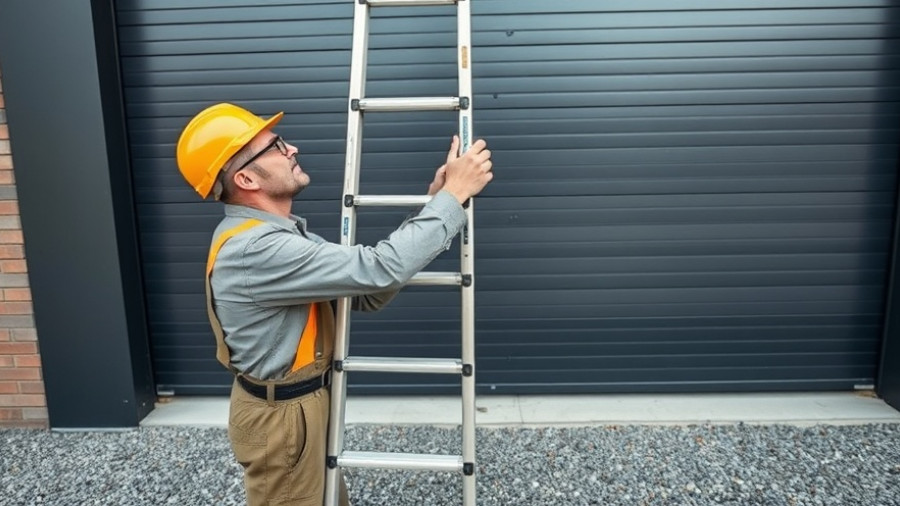
Mastering Ladder Safety: Why Proper Feet Adjustment Matters
For many home service professionals such as HVAC technicians, plumbers, and renovation contractors, ladders are indispensable tools. However, the risks associated with improper ladder use can lead to injuries or accidents. One key area of focus is setting the ladder feet correctly, which not only enhances safety but also ensures efficiency while working. This article synthesizes critical insights on ladder safety and maintenance that every home service business should know.
Understanding Ladder Types: Choosing the Right Tool for the Job
Selecting the appropriate ladder is essential to safety on the job. Common ladder types include stepladders for indoor tasks and extension ladders for reaching high areas. Each type has specific use cases and setup requirements. For example, it is crucial never to use a stepladder in place of a straight ladder, or to set an extension ladder on stairs. Taking the time to choose correctly prevents mishaps while working at heights.
The 4-to-1 Rule: A Simple Yet Effective Guideline
One of the safest ways to position an extension ladder is by following the 4-to-1 rule: For every four feet of height, the base of the ladder should be one foot away from the wall. This ensures the correct angle and stability while climbing. It’s a simple formula that significantly reduces the potential for accidents and injuries, making it an indispensable practice for professionals.
Enhancing Stability: The Role of Accessories
Using ladder stabilizers and levelers can dramatically enhance the stability of your setup. Stabilizers widen the ladder's contact points, especially when working near windows or on roofs. Levelers help adjust to uneven surfaces, providing a firm base that prevents slipping and sliding. Considering these accessories can contribute to safety and confidence as you work at height.
Assessing Your Environment: Safety First
Before you begin working, evaluate the work site for hazards. Check that the ground is level and look for any overhead power lines. Ensuring that the area is free from clutter will minimize risks while you navigate up and down the ladder. Understanding that a good setup is crucial will not only protect you but also improve the efficiency of your work.
Remember, ladder safety goes beyond just the initial setup; it involves continuous assessment and diligent technique. By mastering these principles, you can enhance your safety and efficiency on the job.
For home service professionals, reinforcing safety practices like proper ladder setup can make a significant difference. Take action today to evaluate your equipment and methods, ensuring that every project can be completed without incident.
 Add Row
Add Row  Add Element
Add Element 


Write A Comment